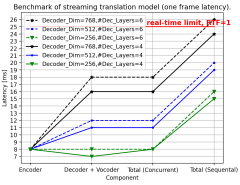Authors: Orazio Pontorno, Luca Guarnera, Sebastiano Battiato
Published on: February 03, 2024
Impact Score: 8.45
Arxiv code: Arxiv:2402.02209
Summary
- What is new: This paper presents a novel approach to detecting deepfakes by analyzing the unique ‘discriminative fingerprint’ in the frequency domain, specifically focusing on beta-AC coefficients of the DCT.
- Why this is important: Deepfakes pose a significant challenge in cybersecurity, with existing detectors struggling with generalization limitations.
- What the research proposes: A method that examines the beta-AC coefficients in deepfake images to identify a unique ‘discriminative fingerprint’ using Machine Learning classifiers and the Explainable AI algorithm, LIME.
- Results: The study demonstrates the effectiveness of targeting specific combinations of beta-AC coefficients to enhance the detection of deepfakes.
Technical Details
Technological frameworks used: Discrete Cosine Transform (DCT), Explainable AI (XAI) using LIME
Models used: Machine Learning classifiers, Neural classifiers
Data used: deepfake images
Potential Impact
Cybersecurity firms, digital forensics, social media platforms, and any entity involved in digital content verification could benefit or need to adapt.
Want to implement this idea in a business?
We have generated a startup concept here: AuthentiScan.




Leave a Reply